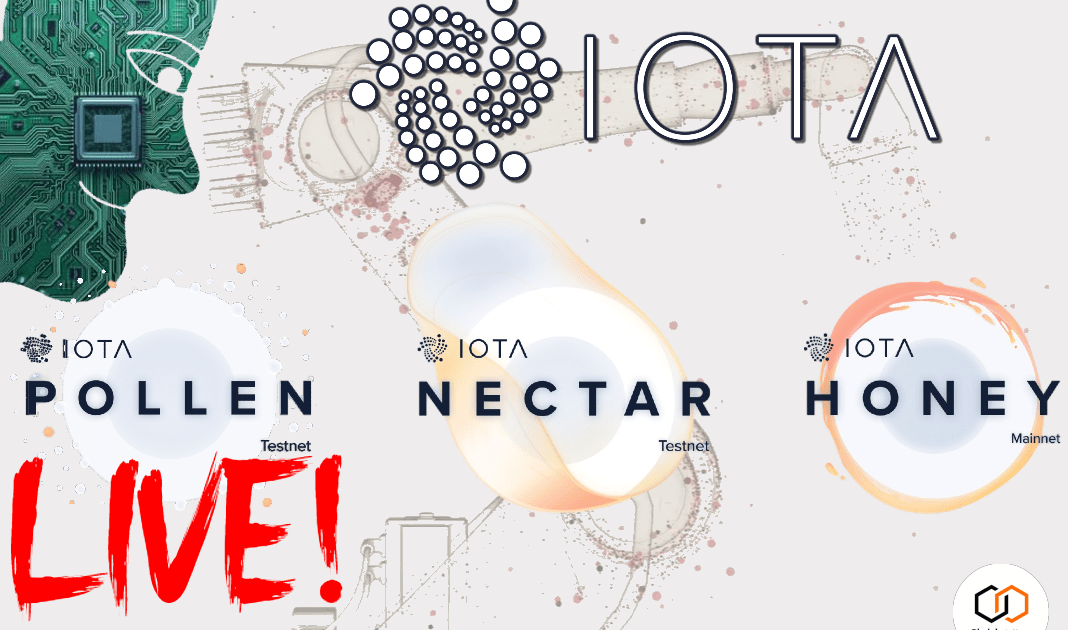A non-profit foundation focused on distributed ledger technology (DLT) and open-source ecosystem development, the IOTA Foundation, has released the next iteration of its testnet for a fully decentralized network.
Called Pollen, the release allows developers and enthusiasts to test the capabilities of a fully decentralized IOTA network for the first time.
“The community has always been an important part of IOTA’s development. With this release, we look forward to allowing our research and developer community, along with others to test out and validate the Coordicide components. We look forward to continuing to build the future of the IOTA protocol together with the community and our academic partners towards its production-readiness,” said Jakub Cech, Director of Engineering, IOTA Foundation.
It’s a rapidly developing research testbed where the community, researchers and developers can test and validate the concepts of IOTA 2.0, which will serve as IOTA’s Coordinator-free network.
IOTA will release components of IOTA 2.0 in three phases with Pollen as the first of these phases. Phase two will include the next major release, called Nectar, where the remaining components will be released onto the IOTA 2.0 incentivized test network, and rewards will be distributed to node operators/attackers to test the resilience of the protocol. In Nectar, IOTA will work to finalize the node software until it is ready to be an official release candidate for the mainnet. The final milestone (phase three), known as Honey, will be the official release of IOTA 2.0 and the first fully decentralized version of IOTA on the mainnet, and will be the production-ready version of the protocol.
IOTA has spent the last year researching a solution that will ultimately replace its current network in the first half of 2021. Led by IOTA’s team of researchers, developers and academic institutions, the multidisciplinary team developed a distributed ledger that can scale to meet the needs of industry without compromising speed, security or decentralization.
With this new release, IOTA has introduced a new architecture made up of three separate layers (Application layer, Communication Layer and Network Layer). This new architecture will provide support for upcoming features like Tokenization, Scalable Smart Contracts, Feeless dApps and Sharding.
Launching ahead of schedule, Pollen has benefited from a new modular development approach that IOTA implemented last year. Now, components of the future network such as rate-limiting, Mana (the network’s reputation based system), and Fast Probabilistic Consensus (the network’s new consensus algorithm) can all be tested and worked on independently.
The release includes the following feature updates:
- Fast Probabilistic Consensus – IOTA’s new algorithm that allows the IOTA 2.0 network to come to consensus without the centralized node known as ‘The Coordinator’
- Value Transactions – developers and node operators can now send test network tokens and test conflict resolution on the network
- Building Blocks for Feeless dApps – This release lays the groundwork for the development of feeless decentralized applications (dApps). Developer documentation will be released in the near future.
As components mature and evolve, it will be relatively easy to adapt the network as new research is conducted and optimizations are developed.
Try out the release at Github here.
Also published on Medium.




